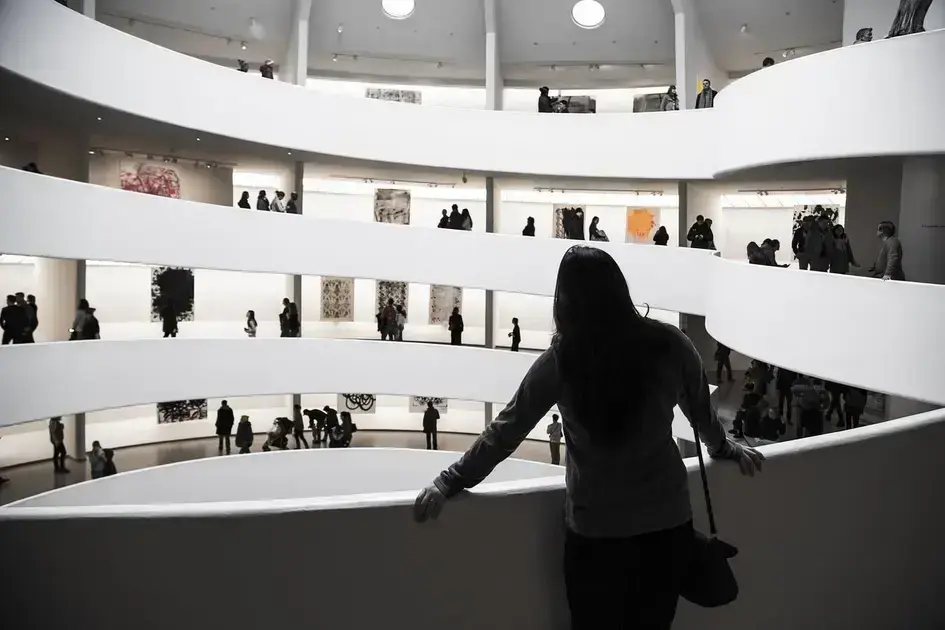Leitura: 8 minutos Discover how free courses from the Museum of Modern Art (MoMA) are reshaping professional and personal growth. In the competitive landscape of today, access to world-class art education provides a striking advantage for business leaders, entrepreneurs, and curious minds. Explore how these opportunities can drive innovation and sharpen your market strategy.
Why MoMA Free Courses Matter
Offering free courses from a respected institution like the Museum of Modern Art changes the game for professional development. These courses cover modern and contemporary art, design, and practical creativity.
- No financial barrier: Top-tier knowledge without the tuition price tag.
- Anytime access: Courses are self-paced and available globally.
- Quality content: Developed by MoMA’s experts, ensuring up-to-date and practical insights.
In practice, this means you can upgrade your team’s creative mindset or your individual skillset without investing capital. The recado for performance-driven professionals: leverage these resources to gain a market edge.
How would integrating creative thinking from MoMA enhance your daily operations?
Competitive Advantage For Professionals
In today’s market, continuous learning is essential for establishing and maintaining competitive advantage. MoMA’s free courses go beyond art appreciation—they promote problem-solving, innovation, and critical thinking.
- Boosts your creative intelligence in project management.
- Develops lateral thinking for new business models.
- Improves risk management through diverse perspectives.
For leaders, the implications are clear: Teams trained in creative frameworks spot opportunities and threats faster, impacting both market share and resilience in volatile sectors.
Are you equipping your people with the agility needed for tomorrow’s market?
How To Access And Use The Courses
Getting started with MoMA’s free online courses is straightforward. Courses are hosted on platforms like Coursera, making them accessible globally and requiring minimal setup.
- Simply create a free account on the course platform.
- Browse topics such as modern art, fashion, photography, and social impact design.
- Watch video lectures, complete readings, and join interactive forums.
- Earn shareable certificates for completed modules—valuable for professional portfolios.
Na prática, this flexibility empowers rapid upskilling for busy teams and individuals alike. The big question: What area of your business could benefit most from immediately applied creative skills?
Business Impact And Case Studies
Many forward-thinking organizations integrate MoMA courses into their learning and development strategy. Here’s what that looks like on the ground:
- Enhanced team collaboration through shared creative language learned from the courses.
- Improved innovation pipelines, directly impacting product design and customer experience.
- More effective use of cross-functional talent—the backbone of agile environments.
- Documented acceleration in creative confidence and employee satisfaction metrics.
For leaders, this intelligence suggests that investing time in art-based learning isn’t just good publicity—it’s smart risk management and drives real ROI. The recado is clear: Are you ready to close your team’s creativity gap?
Market Trends And Future Implications
The free online education landscape is rapidly evolving. Major museums and institutions are removing barriers to premium content, signaling a new wave in talent development and knowledge democratization.
- Growth of credentialed microlearning shaping talent pipelines.
- Corporate learning leaders integrating creative courses into standard programs.
- Global professionals now expect inexpensive, high-quality learning opportunities.
On the horizon, expect AI-driven personalization and even tighter integration between art, technology, and business strategy. The takeaway: Forward-thinking enterprises investing in creative intelligence now will hold the market advantage tomorrow.
Would your strategy stay competitive against a workforce trained in creative problem-solving?
